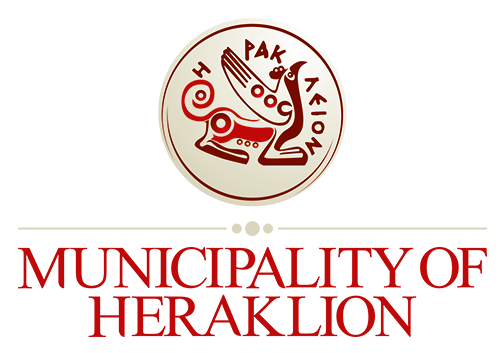According to the Italian historian and scholar of Venetian Crete, Joseph Guerola, Jesus Gate is the “most beautiful gate of Chandakas (Chandax)”. It is a public gate that owes its name, like its bastion, to a small church dedicated to Christ that once stood nearby. It was through this gate that those heading for the southern provinces of the county used to leave. Also, the flume that supplied water to Heraklion city passed through this Gate. The flume supplied the city with water through the giant Venetian aqueduct that started from the springs of Mount Juktas and ended at the Morozini fountain. The brilliant work of the gate was completed by the Proveditore Generale Giovanni Mocenigo. The genius Veronese military architect Michele Sanmicheli is considered to be the creator of the masterpiece Renaissance façade. In the early 20th century, part of the Venetian wall was pulled down, and the so-called “gaps” were created to facilitate vehicle traffic. One of them is located east of the Jesus Gate and its bastion. The gap was bridged with the construction of «Kainourgia Porta” (New Gate) in the ‘70s. That’s how Jesus Gate (Porta Nuova) was called in the last years of Venetian rule. Today, the elongated vaulted passageway hosts an exhibition dedicated to the prominent Cretan writer Nikos Kazantzakis.
Military Gates of Jesus
In addition to the urban gate, the heart-shaped bastion of Jesus features two military gates, one to the east and one to the west. The low square of the West Jesus Gate is now a popular venue for cultural events held in the city. Upon suggestion of the great composer Manos Hatzidakis, the “Garden Theatre” was created here and it was named after him. At the exit to the moat, there is the “Agrokipio” of the Municipality of Heraklion.










